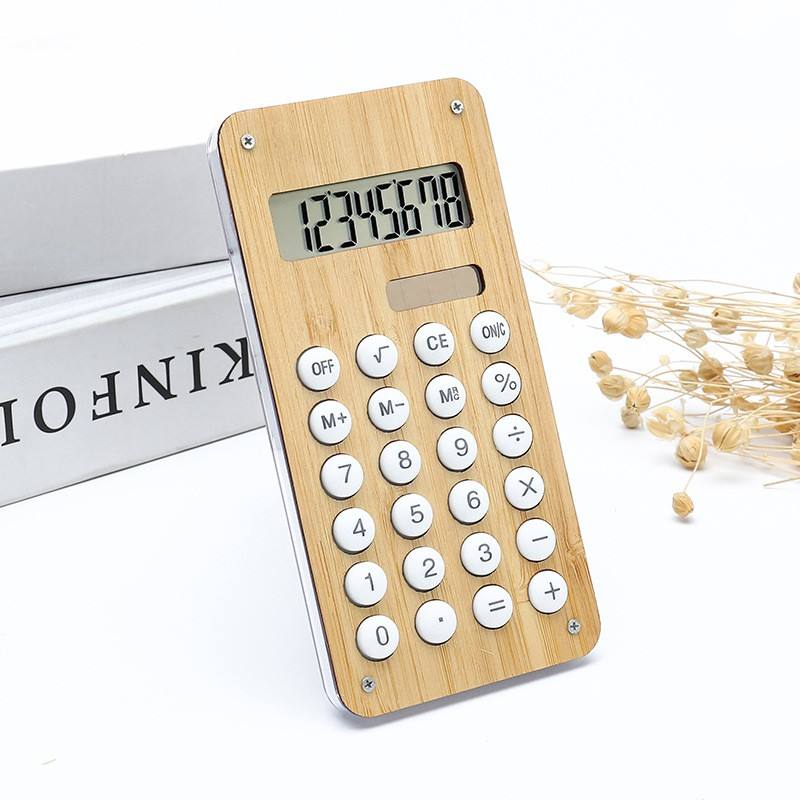A modern calculator, whether physical or digital, should have features that cater to both basic and advanced needs. Here are 5 essential features that every modern calculator should have:
1. User-Friendly Interface
- Simple Layout: A clean, intuitive interface with easily distinguishable buttons for basic operations (addition, subtraction, multiplication, division) ensures quick and error-free usage.
- Touchscreen or Button Control: Whether using a touchscreen (for digital calculators) or physical keys (for scientific or graphing calculators), the design should be responsive and comfortable.
2. Scientific Functions
- Advanced Operations: Functions like trigonometry (sin, cos, tan), logarithms, exponents, and square roots are essential for students, engineers, and scientists.
- Memory Functions: The ability to store and recall intermediate results or frequently used values saves time and ensures efficiency.
3. Graphing Capabilities
- Graphing Features: For more advanced calculators, the ability to plot functions on a graph, zoom in/out, and analyze curves is crucial for students and professionals in fields like math, physics, and engineering.
- Visual Representation: Clear, high-resolution display for detailed graphs and curves is a must.
4. Multi-Mode Operations
- Modes for Different Needs: Having multiple modes, such as scientific, financial, or statistical modes, ensures the calculator can serve various purposes.
- Unit Conversions: Built-in converters for currency, temperature, length, etc., makes calculations easier without needing external tools.
5. History and Replay
- History Log: The ability to view previous calculations allows users to go back and edit or reuse them without re-entering the entire process.
- Step-by-Step Solutions: Some advanced calculators provide a step-by-step breakdown of complex problems, especially useful for educational purposes.
These features make a modern calculator more versatile and powerful, improving both convenience and accuracy across a wide range of tasks.

















